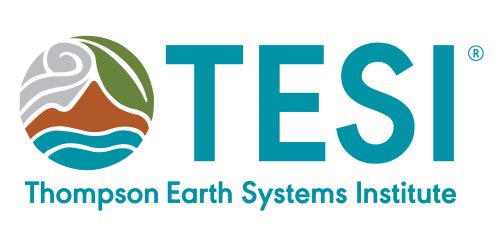Each month, a student-led team at the UF Thompson Earth Systems Institute curates Florida’s environmental news and explains what’s going on, why it matters, and what we can do about it.
Subscribe today and get it delivered right to your inbox each month.
View current issue: Vol. 6, Issue 7
View last issue: Vol. 6, Issue 6
View past issues.
View all Earth to Florida posts or browse by categories below.
Feature Story
More Feature Stories
Guest Feature: First Local Extinction in the U.S. Due to Sea Level Rise
Florida Museum of Natural History science writer Jerald Pinson sheds light on the loss of the Key Largo tree cactus.
Hurricanes in Florida: What’s the Lingo?
Read on to keep up-to-date on hurricane terms, symbols, measurement instruments, current research and more!
One is All it Takes
For millions of years, sea turtles have played important roles in marine food chains. Today, they face many threats, most of which stem from human activity.
What’s Going on in Florida? Environmental Stories to Watch
To pair with the rest of our educational content in each Earth to Florida newsletter, we bring you monthly updates on Florida news.
Florida’s Environment: 10 Stories to Watch for September
Florida’s Environment: 10 Stories to Watch for July
Florida’s Environment: Sea Turtle Stories to Watch
Action of the Week
Action of the Week: Protect Florida’s Bats
October sparks the beginning of Fall and the spooky season! This is a time for celebration, chilly mornings, and early…
Action of the Week: Forage Edible Plants in Florida
Did you know that Florida has lots of native edible plants? With a range of flavors and appearances, some gardeners swear by having these plants as staples in...
Action of the Week: Visit Florida’s State Parks!
Florida offers an award-winning network of state parks, trails, and cultural sites across the state. Hiking, biking, kayaking, fishing—there’s something...
Tell Me About
Explore the posts below to learn about various environmental issues in Florida! Be sure to follow us on Instagram (@UFEarthSystems) for more!
Tell Me About: Florida Black Bears
Tell Me About: Reclaimed Water
Tell Me About: Finding Fossils
View Earth to Florida Posts by Category
View all Earth to Florida posts
 |